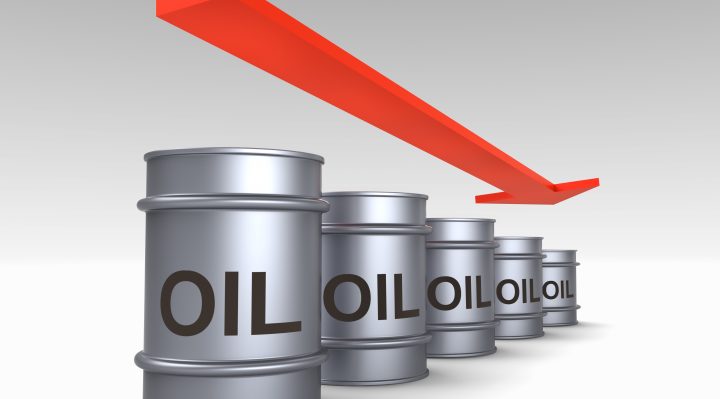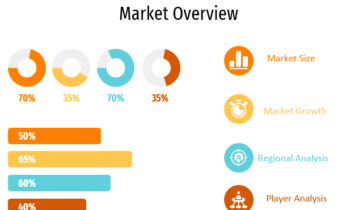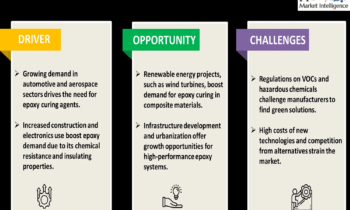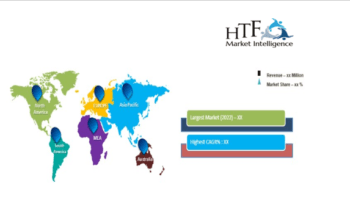
Having hit multi-year highs over the few weeks on the back of the Russia and Ukraine conflict, a surge in COVID cases in China spooked investors as they started to worry about future demand.
After enjoying a solid week of gains last week, the trading week kicked off with a heavy pullback in the commodities sector on Monday. Both WTI and Brent Oil posted losses of more than 5% with Brent Oil down 5.1% and WTI Oil plunging 5.8%. As European markets opened on Tuesday, both Brent and Crude oil were down another 6% each.
Whilst much of Monday’s big sell-off was centred around the hope that the peace talks recently started between Ukraine and Russia would bear some fruit. However, with Russia still sending more and more troops and equipment into Ukraine, investors then looked at what was happening in China.
China reported a steep jump in daily COVID-19 infections on Tuesday. New cases in the world’s second-largest economy and starting point for the coronavirus pandemic, more than doubled from Monday, reaching a two-year high as a virus outbreak in the country’s northeast expanded at a rapid pace.
Toshitaka Tazawa, an analyst at Fujitomi Securities Co Ltd said:
“Expectations of positive developments in the Russia-Ukraine ceasefire talks bolstered hopes to ease tightness in the global crude market,”
“Fresh lockdowns to curb the COVID-19 pandemic in China also raised concerns over slower demand,”
Oil Sell Off
Another reason being touted for the big drop in oil prices was due to profit-taking. As Oil hit the multi-year highs, a lot of profit was there for the taking. Many investors simply unwound their long positions also. Tsuyoshi Ueno, a senior economist at NLI Research Institute, said:
“Even if there is a ceasefire, oil prices are expected to remain at high levels as Western attempts to isolate Moscow through sanctions will continue, keeping the global oil market in a tight condition.”
“Still, the recent fall in the oil market comes as some investors unwound their long positions as they became increasingly worried about recent volatility,”



